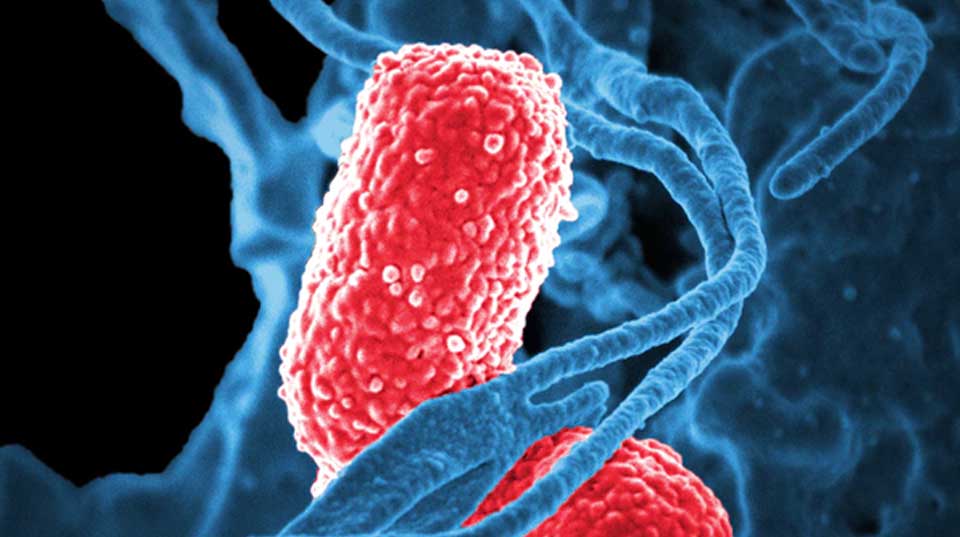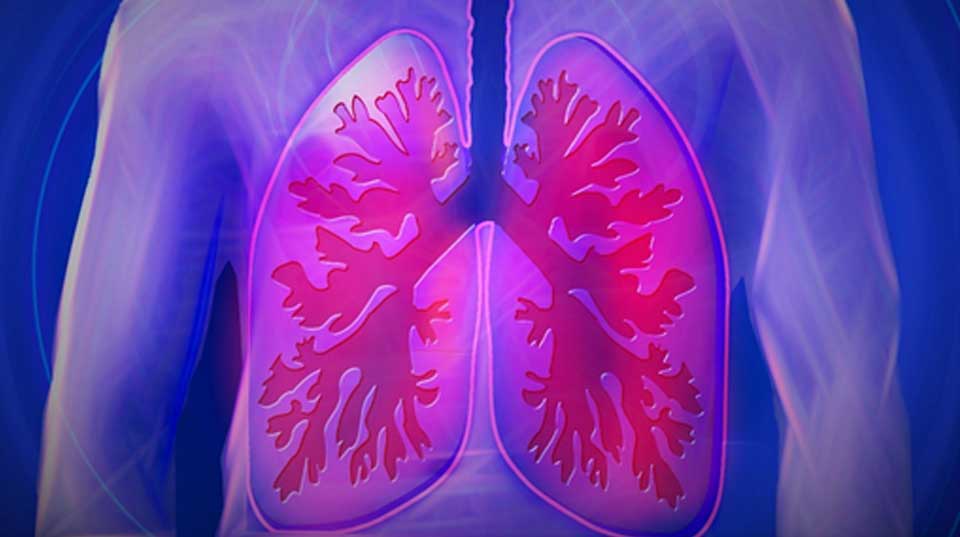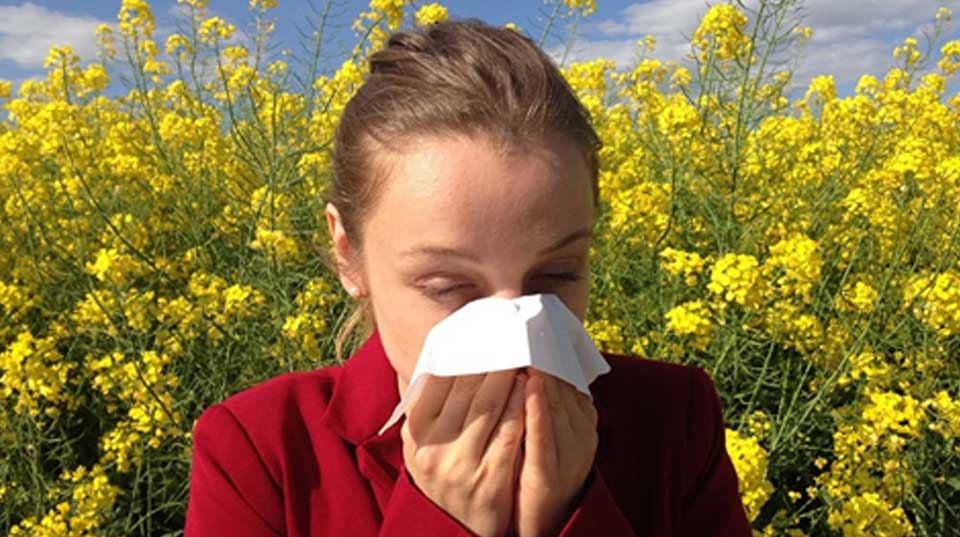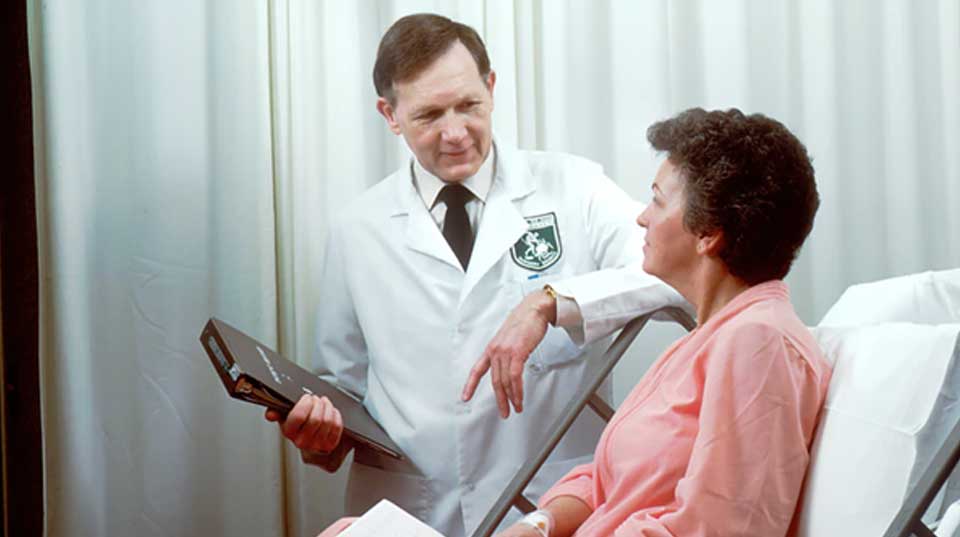
Pneumonia and Related Lung Conditions
When bacteria, viruses, or fungi come in contact with your lungs, typically through an airborne process, they can create an infection known as pneumonia.
Pneumonia is a lung disease that affects millions of people per year. There are many types of pneumonia, including one caused by the COVID-19 virus. This condition can range from mild to severe, so it’s important to know about the different varieties and what you can do to keep yourself healthy.
Pneumonia and Pulmonary Disease
Pneumonia is a disease that causes inflammation in the lungs, specifically the air sacs or alveoli in your lungs that are responsible for respiration.
Pneumonia starts with an infection caused by a virus, bacteria, or fungus. The infection causes the alveoli to fill with pirulence and fluid, which interferes with their ability to take in oxygen and transfer it to your bloodstream. Without oxygen, your body’s cells are unable to function properly.
In addition to difficulty breathing, pneumonia’s common symptoms include coughing, chills, and fever. Some cases of pneumonia can also cause fatigue, confusion, chest pain, or shock. If you’re experiencing any of these symptoms, especially shortness of breath while at rest, see your doctor.
Risk Factors
The most significant risk factor in determining the severity of pneumonia is your age. Typically, young and middle-aged adults will experience very mild side effects and will not need intense treatment. However, children and elderly adults are more likely to develop severe cases of pneumonia.
Another factor that makes pneumonia a greater danger is being immunocompromised. This can be due to a suppressed immune system, as in HIV/AIDS, or due to a medical treatment that inhibits the immune system like chemotherapy or an organ transplant.
A history of other chronic pulmonary diseases can also put you at a higher risk. Lung conditions like asthma and COPD make it more difficult to breathe when you have pneumonia.
Types of Pneumonia
Pneumonia can arise from multiple different causes, which are managed and treated in different ways. Types of pneumonia include aspiration, viral, bacterial, and fungal.
Aspiration Pneumonia
Pulmonary aspiration refers to the accidental inhalation of fluids or other foreign objects into the windpipe and lungs rather than swallowing them.
This can be as minor as having a sip of water go “down the wrong pipe” and as life-threatening as choking on a large piece of food. In either case, these substances cause irritation that leads to coughing and trouble breathing.
Sometimes breathing in germs associated with saliva and food particles can lead to pneumonia, as these pathogens can infect the lungs.
Healthy lungs typically have little problem fending off these infections. Immunocompromised people, smokers, and very old and young people may experience a more severe infection that must be treated with antibiotics.
Viral Pneumonia and COVID-19
Viral pneumonia is caused by a virus entering and infecting your lungs, typically as a result of exposure to an infected person. Most cases of viral pneumonia come from the flu, so you can help protect yourself by getting the flu shot every year.
In most cases, viral pneumonia cannot be directly treated, as antibiotics don’t treat viruses. However, your doctor may prescribe medications to help manage the symptoms until the virus runs its course.
Viruses may be airborne and live on surfaces, so it’s important to follow proper health procedures to minimize your risk. Keep your distance from sick people, wash your hands and wipe down surfaces with disinfectants regularly, and follow CDC guidelines for reducing your risk of contracting COVID-19.
Bacterial Pneumonia
Bacteria can cause an infection in the lungs as well. Streptococcus is the most common cause of bacterial infections that can lead to pneumonia. It is also a factor in many sinus and ear infections, as well as bacterial meningitis.
Unlike viral infections, bacterial infections can be managed through the use of antibiotics, though they aren’t always necessary.
Fungal Pneumonia
The inhalation of fungal spores causes an infection that leads to fungal pneumonia. This infection is also called “valley fever,” and it frequently lasts for multiple weeks or months.
Environmental changes, like rainfall and temperature, can influence your risk of developing this form of pneumonia.
Minimizing Your Risk of Pneumonia and Other Lung Conditions
The best way to reduce your risk of contracting all kinds of pneumonia is to stay up-to-date with your vaccinations. This will significantly reduce the chances of you getting infected in the first place, and if you do get sick, your body will be better equipped to recover faster with fewer side effects.
You can also reduce your risk of pulmonary disease by taking care of your lungs and avoiding unnecessary exposure to germs.
Final Thoughts
While pneumonia is often very mild and goes away without treatment, people in high-risk groups are more likely to experience more severe symptoms, and thus must take more steps to protect themselves.
You can limit the spread of all forms of pneumonia by staying home when you’re sick and following health and safety guidelines.







